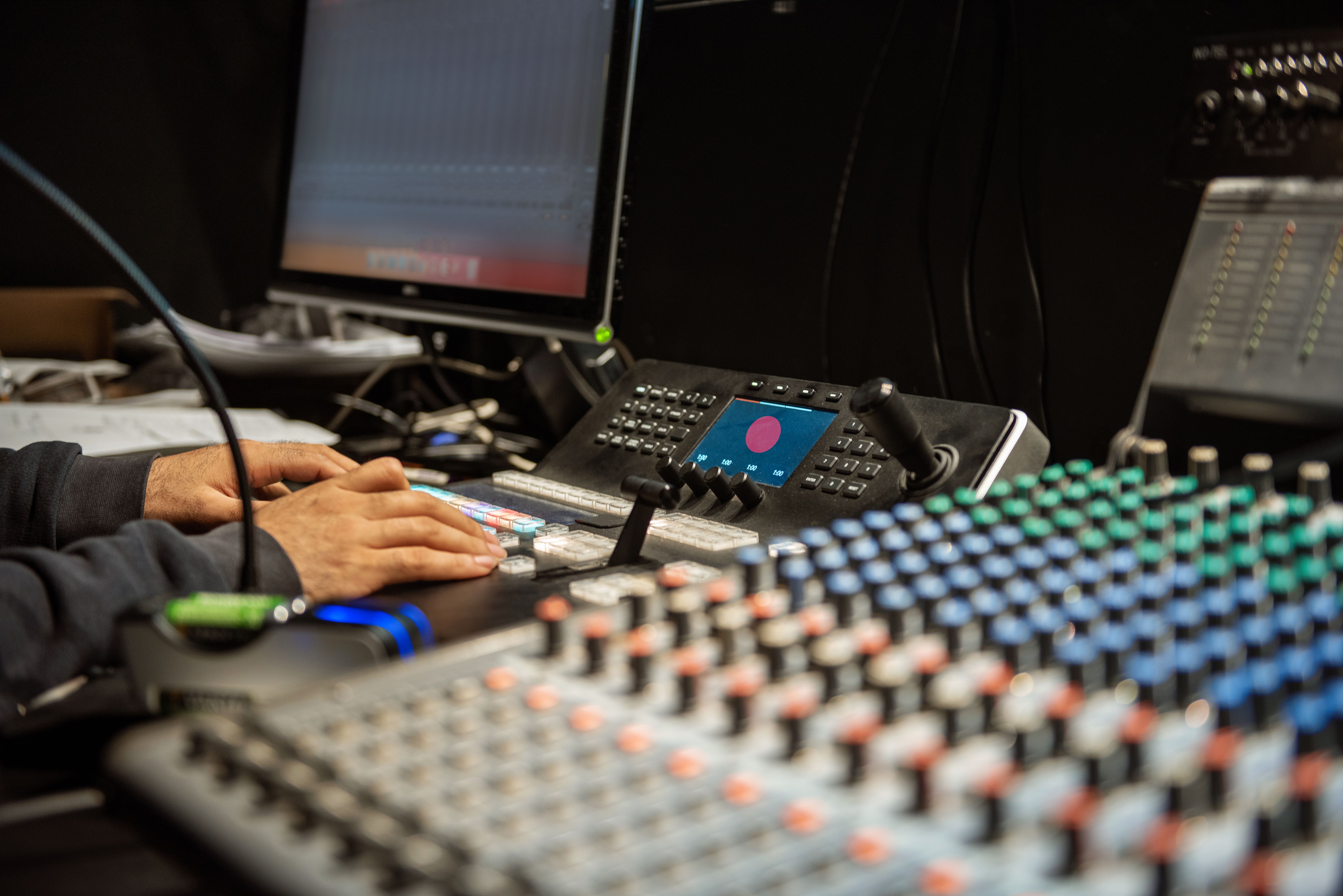Mastering Audio Phase: Tips for Mixing Success
Understanding Audio Phase
Audio phase is an essential concept in the world of mixing, often misunderstood yet crucial for achieving a clean and well-balanced sound. At its core, phase refers to the timing differences between two or more audio signals. When these signals become out of phase, it can lead to a range of issues, including a lack of clarity and diminished sound quality. Understanding how to manage and manipulate phase effectively can significantly enhance your mixing success.
Identifying Phase Issues
One of the first steps in mastering audio phase is learning how to identify phase issues. A common symptom of phase problems is a thin or hollow sound when two signals are combined. This often happens when recording with multiple microphones. Listening critically and comparing the sound of combined tracks against individual tracks can help reveal phase discrepancies.
Another method for identifying phase problems is to use a phase correlation meter, a tool available in most digital audio workstations (DAWs). This tool provides a visual representation of the phase relationship between signals, making it easier to spot any issues that might not be audible at first.
Correcting Phase Problems
Once you’ve identified phase issues, the next step is to correct them. One effective technique is to use the phase inversion feature found on most mixing consoles and DAWs. By inverting the phase of one track, you can align it more closely with another, reducing or eliminating phase cancellation.

Using Time Delay
Another approach is to adjust the timing of one track relative to another. Small time delays can help align peaks and troughs of waveforms, minimizing phase cancellations. This method can be particularly useful when working with recorded tracks that have unavoidable phase differences due to microphone placement.
It’s important to make timing adjustments with precision. Even slight changes can have a significant impact on the overall sound. Use your ears as a guide and rely on DAW tools that allow for precise time adjustments.
Leveraging Phase for Creative Effects
Beyond fixing problems, understanding audio phase also opens up opportunities for creative effects. By deliberately manipulating phase relationships, you can create unique textures and spatial effects that add depth and interest to your mixes.

Experimenting with Phase
One way to experiment with phase creatively is by using stereo widening techniques. By introducing subtle phase differences between left and right channels, you can achieve a sense of width and space that enhances the listener's experience. This technique should be used cautiously, as excessive widening can lead to mono compatibility issues.
Mastering audio phase is both a technical and creative endeavor. By understanding its principles and applying them effectively, you can transform your mixes from ordinary to extraordinary. Whether correcting problems or exploring new sonic possibilities, mastering audio phase is an invaluable skill for any audio engineer.
